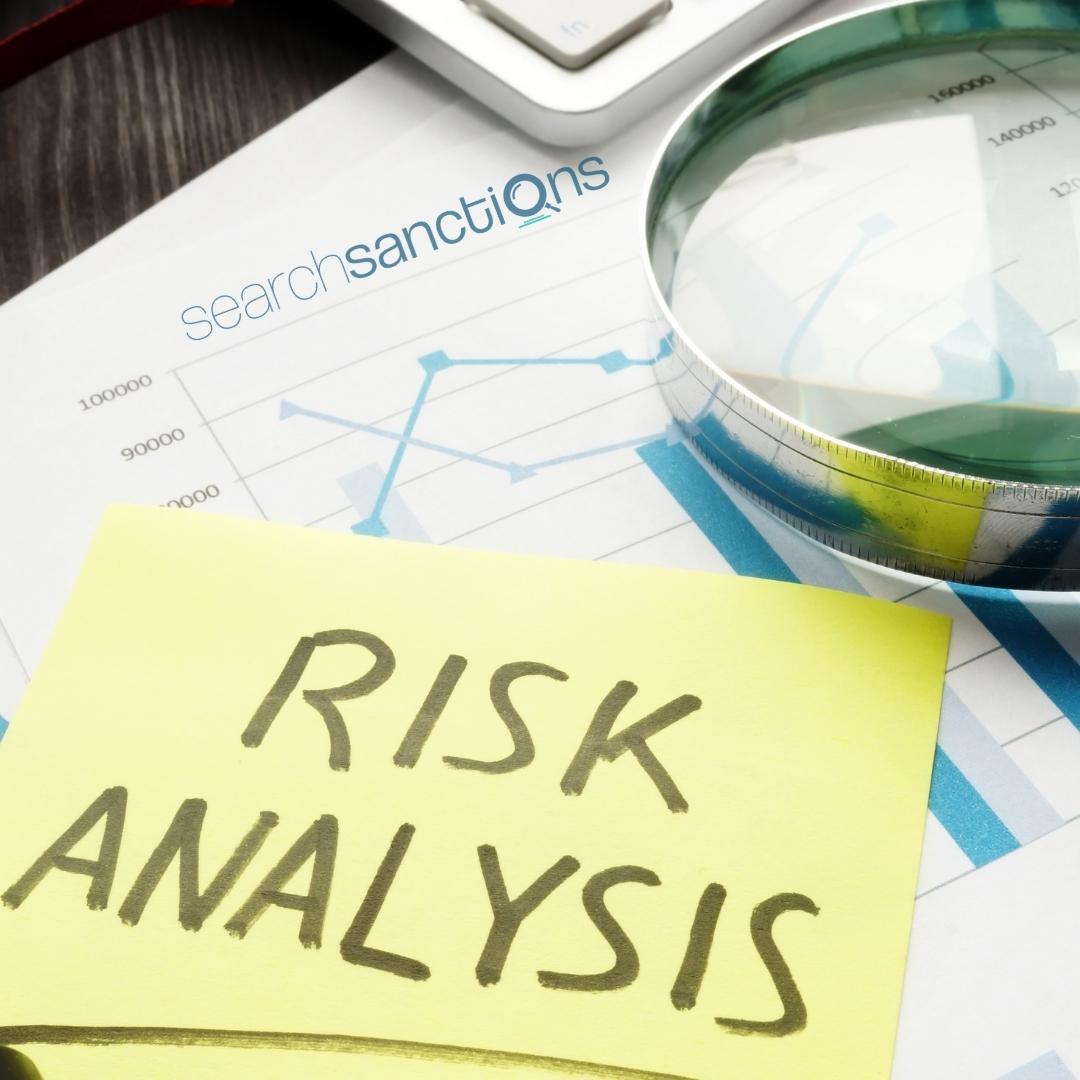Customer Risk Profiling: A Key Step in Financial Crime Prevention
Financial institutions take important steps to protect their credibility and reputation, combat illegal activities and prevent money laundering, terrorist financing and other financial crimes. One of these steps is customer risk profiling. A customer risk profile is a tool used to identify a customer's potential involvement in financial crimes. In this blog post, we will focus on the importance of customer risk profiling, its components and how it is implemented.
What is a Customer Risk Profile?
A customer risk profile is an analysis and assessment process used to determine a customer's potential risk of financial crime. This is done by taking into account the customer's credentials, transaction volume, activities, history and other relevant factors. Customer risk profiling helps financial institutions adopt a risk-focused approach and detect illegal activities.
Customer Risk Profiling Steps
A. Customer Verification Process:
The first step in customer risk profiling is to verify the customer's identity. Financial institutions verify the customer's identity using identity documents as well as customer statements and other sources. This process helps prevent the use of false identities and fraud.
B. Risk Assessment and Classification:
The next step in customer risk profiling is to assess and classify the customer's level of risk. This process takes into account the client's transaction volume, revenue, industry, geographic location and other relevant factors. This assessment enables more effective risk management by classifying the customer as low, medium or high risk.
C. Identification of Suspicious Signs:
When building a client risk profile, an important step is to identify suspicious signs. These signs may be certain behaviors or patterns that suggest that the client or its transactions could potentially be involved in illegal activities. For example, large and persistent cash transactions, frequent cross-country money transfers, suspicious relationships with individuals or organizations may be signs of suspicious activity.
D. Identifying Suspicious Signs:
When building a client risk profile, it is important to identify suspicious signs. Suspicious signs can be certain behaviors or patterns that suggest that the client or its transactions could potentially be involved in illegal activities. Early detection of these signs helps prevent and respond to financial crime.
E. Updating and Monitoring:
Client risk profiles should be regularly updated and client activities monitored. When there are significant changes in the client's risk level or activities, the risk profile should be updated and necessary measures should be taken. At the same time, the monitoring of suspicious signs should continue and suspicious transactions should be intervened immediately when detected. A monitoring and updating process based on up-to-date data ensures that financial institutions keep their customer risk profiles accurate and up-to-date at all times.
Benefits of Customer Risk Profiling
Customer risk profiling provides several benefits for financial institutions:
Crime Prevention:
Customer risk profiling helps financial institutions to anticipate crimes and take precautions. More supervision and monitoring of high-risk customers increases the likelihood of detecting illegal activities.
Ensuring Compliance:
Financial institutions must create customer risk profiles to ensure regulatory compliance. By adopting a compliant approach, institutions avoid regulatory violations and do not face legal sanctions.
More Effective Risk Management:
A customer risk profile helps financial institutions improve their risk management strategies. Effective risk management is achieved by more effectively focusing resources on high-risk customers and transactions.
Reputation and Customer Trust:
Customer risk profiling enhances the reputation of institutions by providing a safer financial service to customers. Customers are more willing to transact knowing that institutions are reliable and secure.
Operational Efficiency:
Customer risk profiling helps financial institutions use their resources efficiently. Low-risk customers are allocated fewer resources, while high-risk customers are allocated more resources.
Customer risk profiling is a critical step for financial institutions, providing significant benefits such as crime prevention, regulatory compliance, effective risk management and customer trust. Accurate data analysis, identification of suspicious signs and regular updates increase the accuracy and effectiveness of customer risk profiles. Financial institutions' rigorous implementation of this process improves industry safety and stability by protecting both themselves and their customers from financial crime. At the same time, customer risk profiling plays an important role for financial institutions in the overall safety of society and national security.
Request Demo
You can contact us as to our services, integration processes, request demo or customized solutions.



